Living the Dream: David Rosen's Flow Motion Titanium Hardtail
Dave Rosen was in the prime of life, making bank as a production analyst for Nike's apparel division. An avowed bike nerd and avid rider, Rosen could (and did) buy any bike he wanted. He was "that guy" - the one who showed up at group rides sporting the latest carbon superbike before the print had dried on its stellar magazine reviews. Rosen's fantastic plastic addiction, however, fizzled out abruptly during a trip to Frostbike in 2011.
"I remember I was sitting with my friend Rob when I announced that I felt like titanium is due for a comeback. He looked at me like, 'What are you talking about?' I told him that I was totally sick of carbon.
"I was on the carbon craze like everybody else. I'd show up at a group ride and it seemed like everyone was on the same bike. They had no personality. Hey, carbon bikes are great. There's no question about it. My S-Works Tarmacs were amazing. One day, though, my mountain bike fell over onto my Tarmac 3, and the handlebar hit the top tube. It didn't hit that hard, but it sounded like shattering glass. I had to replace the frame."
That was the turning point for Rosen. As luck would have it, he was invited to race for a friend who had
"I was on the carbon craze like everybody else. I'd show up at a group ride and it seemed like everyone was on the same bike. They had no personality. Hey, carbon bikes are great. There's no question about it. My S-Works Tarmacs were amazing. One day, though, my mountain bike fell over onto my Tarmac 3, and the handlebar hit the top tube. It didn't hit that hard, but it sounded like shattering glass. I had to replace the frame."
That was the turning point for Rosen. As luck would have it, he was invited to race for a friend who had
Sage Titanium Bicycles
Armed with his experience with sourcing high-end products in Asia, and knowledge gleaned from his stint on the team, Rosen launched Sage Titanium Bicycles in 2012. He'll be the first to tell you that he's never picked up a welding torch in his life, but on the plus side, he knows a hell of a lot about bikes. He's one of cycling's super-nerds who grew up during the purple parts era poring over magazine reviews and can probably quote, from memory, the details of every pro bike check ever published.
Also to his credit, Rosen is a stickler for details and doesn't stray very far from what he knows best. Sage's modest range of cyclocross, road, and mountain bikes are all rigid frames. If you get the geometry, alloys, tube diameters and wall-thickness right, and your manufacturing quality is up to snuff, it's hard to mess that up.
Like everybody else at the time, Rosen sourced his first frames from a reputable Chinese manufacturer, anticipating he'd be offering a truly high-end product at a price that would lure up-scale customers away from the carbon monopolies of Trek, Specialized and Cervelo, while undercutting the (justifiably) stratospheric asking prices of established custom titanium marquis like Seven, Merlin and Moots. Predictably, the first production run was everything he had hoped for.
Rosen believed he had done his homework. He'd hired quality control experts to monitor production, and spent plenty of time with his Chinese factory to
Like everybody else at the time, Rosen sourced his first frames from a reputable Chinese manufacturer, anticipating he'd be offering a truly high-end product at a price that would lure up-scale customers away from the carbon monopolies of Trek, Specialized and Cervelo, while undercutting the (justifiably) stratospheric asking prices of established custom titanium marquis like Seven, Merlin and Moots. Predictably, the first production run was everything he had hoped for.
Rosen believed he had done his homework. He'd hired quality control experts to monitor production, and spent plenty of time with his Chinese factory to
Chinese manufacturing relationships, however, are often like watching a fireworks show, only in reverse. Instead of a gradual buildup, followed by dazzling perfection, they begin with the grand finale - beautiful products, handshakes, on-time delivery and anticipation of good things to come - followed by a series of gradual let-downs in quality and fulfillment. Veterans will tell you that you almost have to live in the factories while your bikes are being manufactured to stem the tide. After the second and third shipments arrived, Rosen's dream began to unravel.
"The first frames that came in were fine," says Rosen. "But then they started getting progressively worse. The second batch, the water bottle bosses were in the wrong place. Later, they changed to swaged-tapered chainstays which started cracking before we even sold them. So, after 2013, I was like, 'No,no no. I need to change this!''
But Rosen's issues were larger than shepherding his Chinese supplier back up to speed. His first year in the bicycle business indicated that he may have missed the mark entirely. His customers, it turned out, were very much like him. They were educated, bicycle savvy types with discretionary income who were more interested in quality and performance than searching for the best deal they could wrangle for their next bike purchase. After some soul searching, he moved all of his production home.
"Customers liked the idea of this retro titanium thing that I was doing," he explained. "And I was trying to push it out a little further than I could if I were a custom builder. I figured that if Moots was up there, and if I came down to here, I could be a cheaper alternative to Moots. But, you pay cheap, you get cheap. What I realized next, was that customers who were interested in my bikes were already prepared to pay for a Moots, so why not offer that level of quality? In 2014, I moved my production to the United States and decided that we're just going premium and we'd make Sage a premium experience. Really, that's always been the bike I wanted to ride anyway. It's Dura-Ace, it's XTR..."
Rosen's come-to-Jesus moment put Sage Titanium Bicycles on the straight and narrow path. He prefers to withhold the names of his US frame makers, divulging only that one is in Tennessee and the other is a lesser known, highly respected builder in Portland, Oregon, where Rosen is based. Sage's modest range includes one model in four genres: Road, Gravel, Cyclocross and Mountain. Prices range from $2,900 USD for a frame only, to upwards of $12,000 if you want to go crazy with custom features and components.
Customers can choose from Rosen's ready-made geometry, or customize their frame numbers for an extra charge. Sage's website has a "bike builder" function that walks you through a range of component and color selections so you can fool around as long as you need to personalize both your bike and its final price. If you want advice, Rosen will be happy to walk you through the process. He's ridden and raced everything he sells.
Being a Portlandian, Rosen is an avowed cyclocross racer, where his PDXCX has earned high praise. Rosen's love affair with riding and racing, however, began on a mountain bike. Those were the years when he fell in love with titanium and was indoctrinated into the customization mentality - when the seeds were sewn that sprouted between cracks in his corporate sidewalk and blossomed into this custom bicycle business. I was surprised to discover then, that Rosen dragged his feet for a long time before he designed his first mountain bike.
Customers can choose from Rosen's ready-made geometry, or customize their frame numbers for an extra charge. Sage's website has a "bike builder" function that walks you through a range of component and color selections so you can fool around as long as you need to personalize both your bike and its final price. If you want advice, Rosen will be happy to walk you through the process. He's ridden and raced everything he sells.
Being a Portlandian, Rosen is an avowed cyclocross racer, where his PDXCX has earned high praise. Rosen's love affair with riding and racing, however, began on a mountain bike. Those were the years when he fell in love with titanium and was indoctrinated into the customization mentality - when the seeds were sewn that sprouted between cracks in his corporate sidewalk and blossomed into this custom bicycle business. I was surprised to discover then, that Rosen dragged his feet for a long time before he designed his first mountain bike.
"I've been mountain biking forever. My first mountain bike had to be good, right out of the gate," says Rosen. But, is it cross country? Is it all mountain? Who's going to ride it? Where is it going to be ridden? There are so many niches now. I kept thinking about it for two years, but I was at a loss - until I booked my first trip to Whistler. I think I was riding 'Lord of the Squirrels' when I realized that this was it. This is what the Flow Motion is made for. It's super fun to ride downhill and it can climb whatever you want."
Sage Flow Motion
• AM hardtail, 3/2.5 alloy titanium
• Fork travel: 150/160mm
• 65.5º head angle, 74º seat angle, 425mm chainstay
• Reach: 412mm to 479mm
• Custom geometry option
• Wheels: 27.5" standard / 29" with tires up to 2.2"
• Hand-made in Portland, Oregon, from USA-made tubing
• Sizes: Small, medium, large, & X-large
• MSRP: Frame only- $3,400 USD, builds start at $7,862
• Contact: Sage Titanium Bicycles
• AM hardtail, 3/2.5 alloy titanium
• Fork travel: 150/160mm
• 65.5º head angle, 74º seat angle, 425mm chainstay
• Reach: 412mm to 479mm
• Custom geometry option
• Wheels: 27.5" standard / 29" with tires up to 2.2"
• Hand-made in Portland, Oregon, from USA-made tubing
• Sizes: Small, medium, large, & X-large
• MSRP: Frame only- $3,400 USD, builds start at $7,862
• Contact: Sage Titanium Bicycles
I looked forward to riding the Flow Motion. It had been years since the last time I'd thrown a leg over a hardtail and a lot has changed since then - influenced by the likes of Chromag and the slack-geometry uprising presently raging in the UK. Rosen said that he stopped short of the Pole's rider-forward geometry because he was aiming at more balanced performance - a bike with excellent technical descending skills that was lighter and more nimble at the controls over a wider range of speed and intensity. That's also why he chose 27.5-inch wheels.
"A pure race bike," he says, "has to be built for narrow, very specific purpose. The Flow Motion is made for fun - you can hop on and do anything with it, and it really loves to go downhill."
Eyeing up its construction, my medium-sized frame was up there with the better titanium bikes I've seen. Welds were near-perfect, double-pass beads where they were in plain sight, while down by the bottom bracket area, the joints were less attractive, but still, well-executed. (Titanium must be welded in an oxygen-free environment, at strictly controlled heat ranges, so welders often join the parts first with a smaller, carefully controlled weld and then pass over that a second time to reinforce the joint with additional metal in a smoother, more attractive pattern.)
Look closer and you'll pick out nice details like no chainstay bridge for extra tire and mud clearance, plenty of insertion room for long-stroke dropper posts, a sturdy X-12 rear axle system with a break-away derailleur hanger bolt, and a beautifully machined head tube that can accept either straight or tapered steerer tubes. The absence of rear suspension means you can stow two full-sized bottles inside the frame, and the fact that this bike is made from brushed, 3/2.5 alloy titanium means it will never rust, and that you can restore its finish to new with a fine Scotch Brite pad at home.
Rosen set me up with a shop demo, outfitted with his lower end, Shimano XT build. That was fine in my book - can't argue with perfect shifts and reliable brakes. The 150mm Fox 36 fork ensured that I could plow through anything, and it rolled on Maxxis Minion DHF and DHR tires. I checked the price on Sage's bike builder and it came out to $7,738 - steep, but not unexpected for a quality US-made titanium build.
Riding It
The simplicity of the Flow Motion became apparent setting up the bike. Check the air pressure in the tires, turn the damping clickers to my favorite settings, and pressurize the fork to 20-percent sag. Boom! Let's ride.
I was anticipating a harsh ride, but that never materialized. The combination of Stan's low-profile rims and low-pressure Maxxis 2.5" WT tires helped take the edge off the terrain, but I'll attribute the rest to the bike's balanced feel in the cockpit. On paper, the 74-degree seat tube angle almost seems slack by today's trend, but without rear suspension, it feels more like a suspension bike with a 75 or even a 76-degree seat angle, especially while climbing. Where I'm going here, is that being more centered between the wheels seems to mute a lot of pounding that I once associated with riding hardtails.
Adapting to its rigid rear end took all of about ten minutes, which meant that I could enjoy the Flow Motion's finer attributes on my first outing. Armed with a 44-millimeter fork offset, steering is light and absolutely precise feeling. Like most slack-ish front ends and almost every hardtail I've liked, the Sage corners best when you pressurize the bottom bracket and lean into the front wheel a little. When it drifts, you'll hardly notice it, because the bike stays composed.
Assume the hardtail hover (butt about an inch or two over the saddle) and the Flow Motion glides over the kind of rooted and rocky chatter that you'd expect on the more aggressive end of the blue-line trail rating. You'll have to work harder, though, to keep up with the dual-suspension crowd on anything that resembles a black. That said, I never balked at a steep drop or dicey descent aboard the Sage. It's quite forgiving and solid feeling under saddle.
I had the most fun, however, when I was popping off of rock slabs, and punching little jumps and natural features that my long-travel trail bikes would have completely ignored. If you want smooth fast and
Assume the hardtail hover (butt about an inch or two over the saddle) and the Flow Motion glides over the kind of rooted and rocky chatter that you'd expect on the more aggressive end of the blue-line trail rating. You'll have to work harder, though, to keep up with the dual-suspension crowd on anything that resembles a black. That said, I never balked at a steep drop or dicey descent aboard the Sage. It's quite forgiving and solid feeling under saddle.
I had the most fun, however, when I was popping off of rock slabs, and punching little jumps and natural features that my long-travel trail bikes would have completely ignored. If you want smooth fast and
First Impressions
Author Info:
Must Read This Week
[UPDATED] Final Elite XC Results & Overall Standings from the Mairiporã XC World Cup 2024
41971 views
41971 views
Sign Up for the Pinkbike Newsletter - All the Biggest, Most Interesting Stories in your Inbox
PB Newsletter Signup
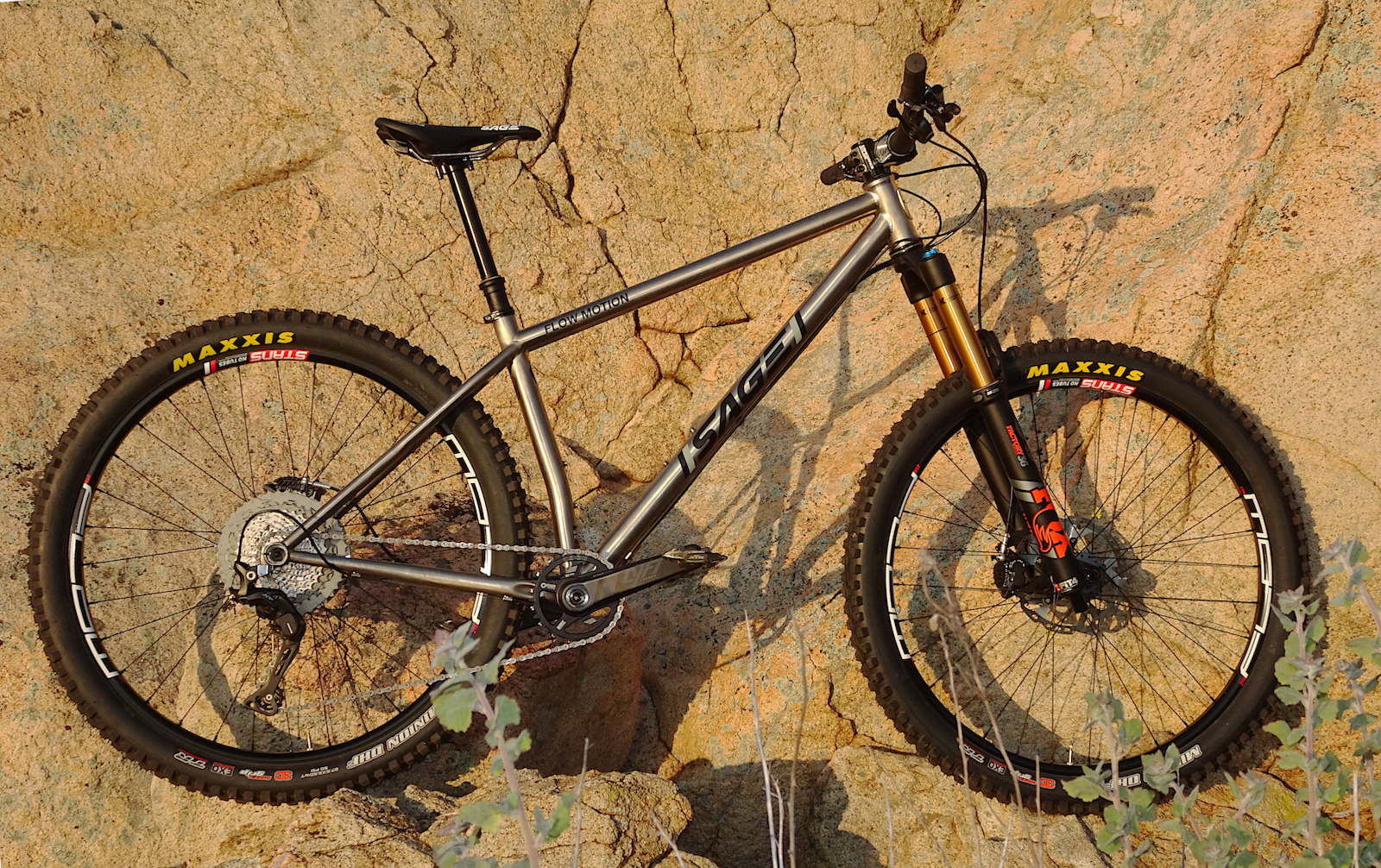

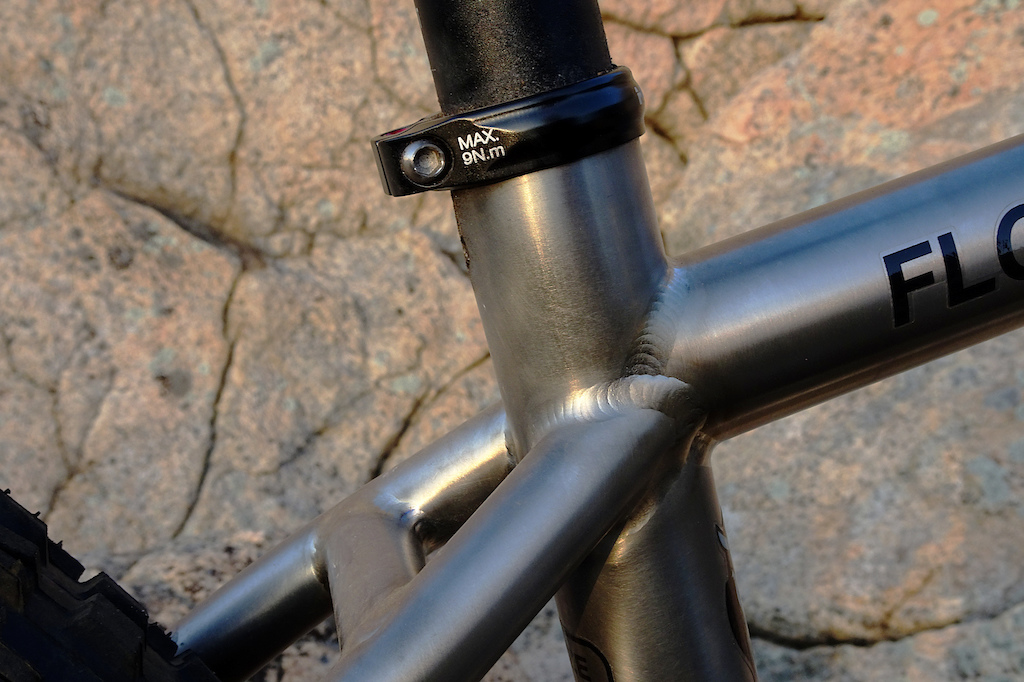
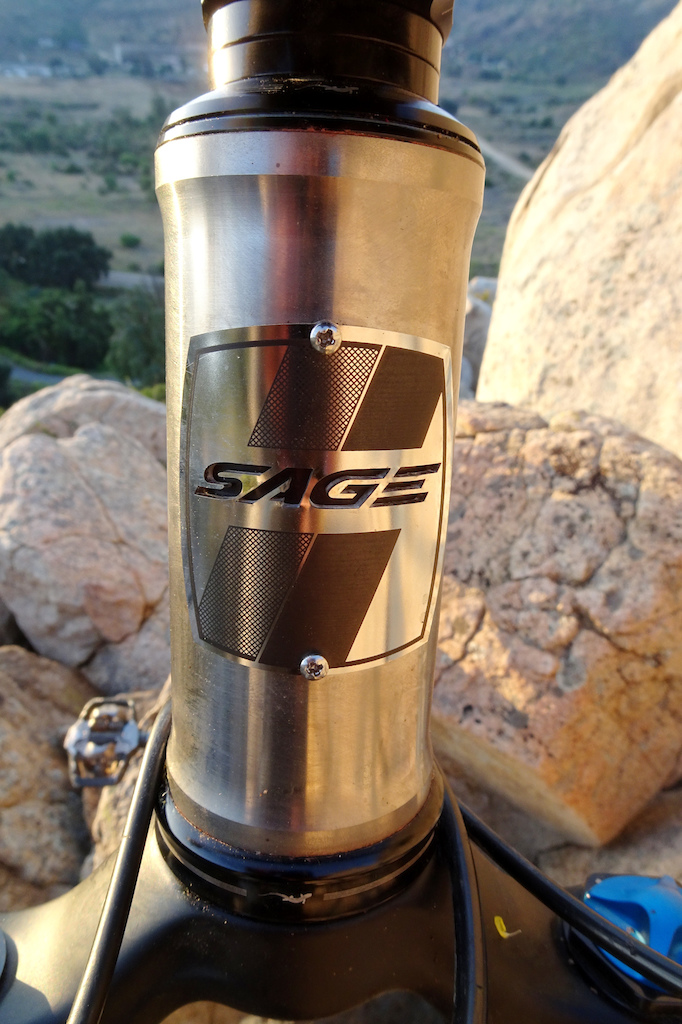

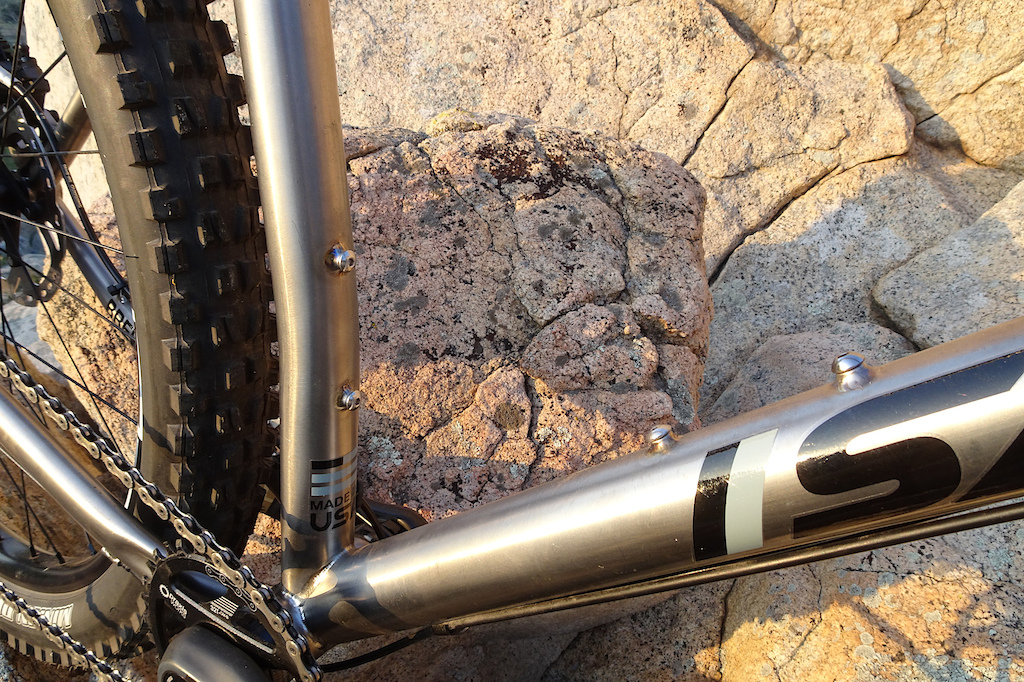
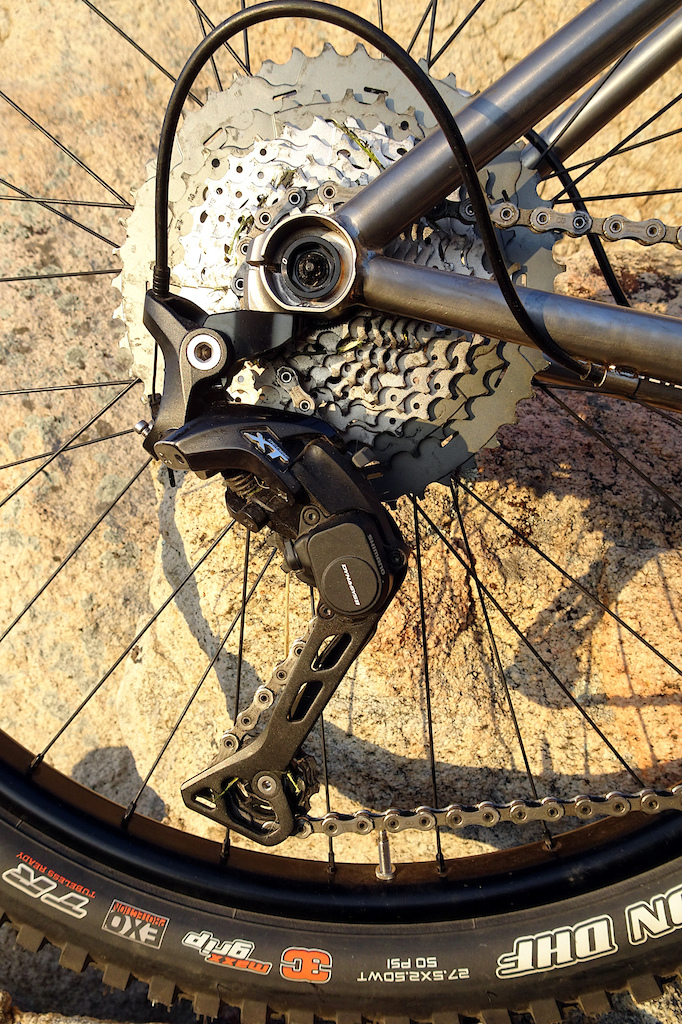
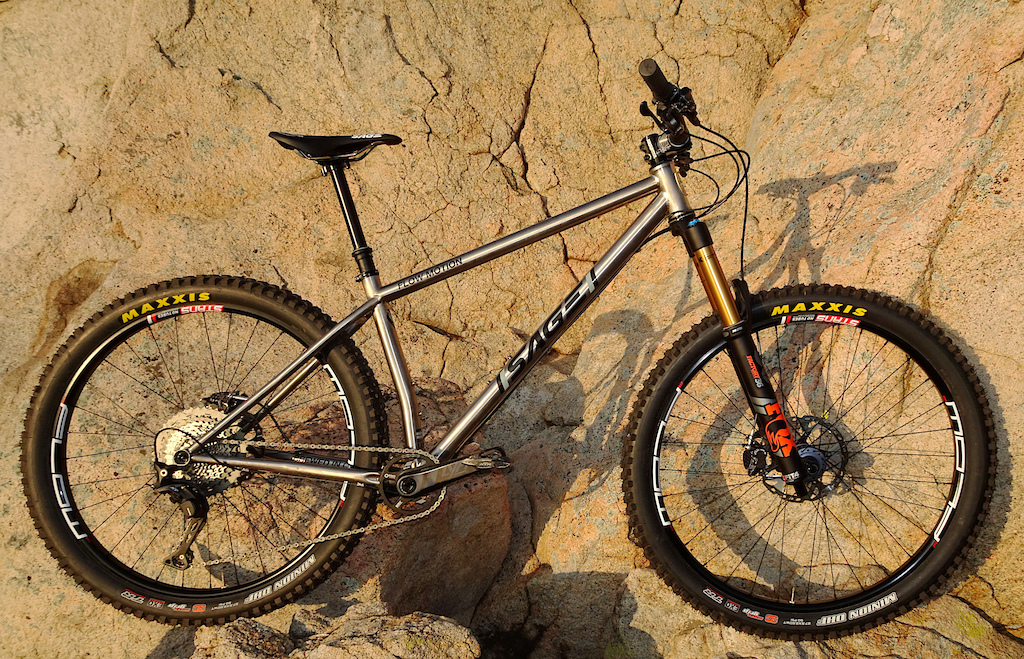

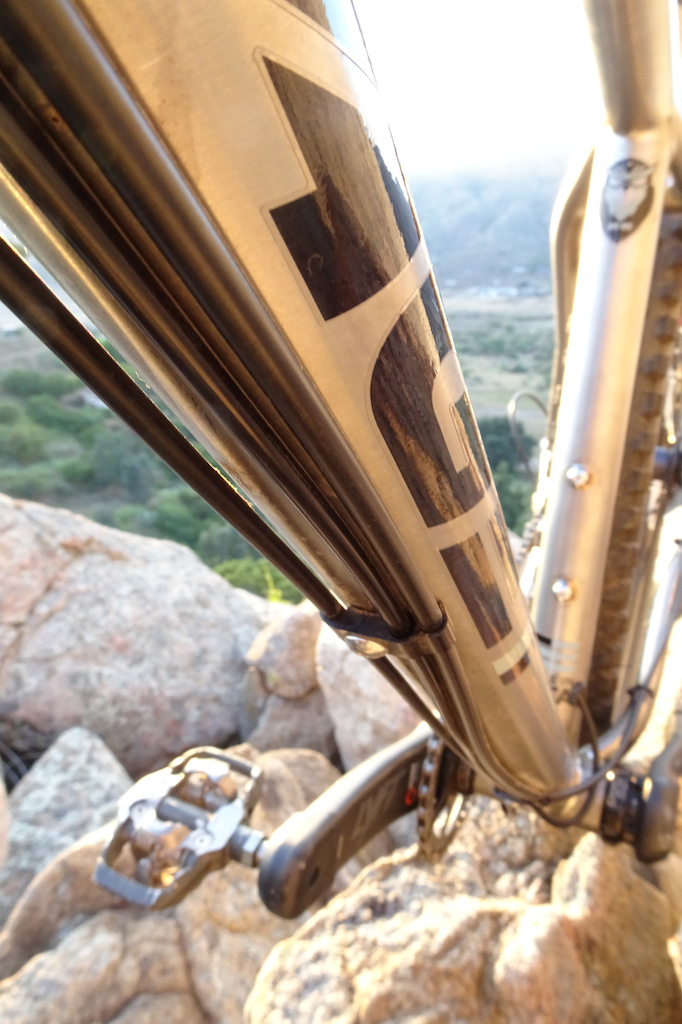

 Member since Mar 23, 2011
Member since Mar 23, 2011
+++1
At the same time, I could not judge anyone that spent that much on this bike, as mountain biking is my therapy/cardio/escape and passion. I totally get it. $7862 is less than a pack a day smoker spends on cigarettes in 2-3 years. It's only a little more than a beer a day bar fly spends in the same time frame. Mountain bikes make you live longer, live happier, and in general be a better human.
I still agree, I could never spend this much on this type of bike. I'd rather regularly buy and ride to death lots of aluminum dh bikes. Or Enduro bikes. Or XC bikes.
TL;DR as long as it has 2 wheels and makes you smile go for it. And I'm a cheap bastard.
Other than other sprinkled nonsense (the hardtail is "smooth and flowy"), the bike itself is very very very nice.
So, no, you would not be able to tell the difference between a 74 or 75 or 76 seat angle, no matter how many bikes you ride, unless your body geometry required a seat position that the combination SA, seat, and seat post does not allow.
@duzzi: look at the actual STA of a 5010.2, for example. It's probably 65 degree. For the taller, leggier, and/or flat pedal rider, saddle adjustment at rail may not be enough to overcome this at ride height. Is this sufficiently trigonometric?
The truth in the logic he was conveying here instantly registered with me.
The way my 165mm Horst Link bike slinks / squats into its travel and lightens the front end on climbs easily has it losing many degrees of seat tube angle. Not hard to notice compared to a hardtail.
A hardtail - especially one with a supple fork - also tends to fulcrum around the rear axle and drive the fork.
Better executions should be more like 333fab head badge, held on with tiny, 1.5mm socket head bolts, precisely located and not overlapping other geometry/printing.
With a fitting for a wrench of some sort on the head, it would generally then be called a bolt.
I know terminology can vary around the world, like how what we call a "bushing" in the USA, as used in many pedal bodies, is often referred to as a "solid bearing" or even just a "bearing" in the UK, whereas when we hear "bearing" we automatically think of a bearing with a rolling element like a ball or roller bearing. Having said that, all of us fastener pedants and this frame company seem to be located in the USA, so it shouldn't be tough to get on the same page.
the inventor of the philips SCREW is actually american !
A 140mm forked 29er,with clearance up to 2.6 tires would appeal to a way bigger market.
For those of you who are griping about the cost - stop for a minute and think about the economics of this, or any manufacturable product for a few minutes. What are you comparing it to and what's important to you? Would you rather drive a Yugo or an Accord? They'll both get you from A to B...for a while. One of them is more expensive than the other, is built of higher quality parts, will have longer maintenance intervals and will ultimately last longer.
You have no idea about the shortcuts that happen in most Chinese factories, why it's important or what risk they pose to you. A bike is a vehicle whether you use it for recreation or transportation. I regularly ride bench cut trails with downhill sections that span a few miles and speeds of 20+mph. Whether it's something that you think about or not, if you're riding a bike like that, your life is literally at risk, however small that risk may be. Riding bikes is how I get my kicks and I'm willing to accept a certain amount of risk but not that my bike could come apart all of a sudden.
The economic side of this is simple. Why should a small manufacturer (although in this case, Sage is the designer) attempt to compete with manufacturers that compete in a race to the (price) bottom? What's the incentive for that? I'm friends with the guy in Portland who makes the frames. He's a great guy, works hard and has two kids. He needs to get paid for his time. He's got a mortgage, healthcare to pay for and a future to plan for. I don't know what he's making from it but I hope it's a fair wage. My experience in contract building is as you might expect...the designer understandably wants to keep their margin as high as possible and often tries to find ways to pay less, transfer liability, transfer workflow (like some design decisions, material sourcing etc, manufacturing changes) to the builder. The point is that everyone in the chain needs to make what they need to make in order to keep their kids fed and the shop lights on. No surprise that it costs more in the US than it does in China and the costs reflect that.
Add to that that small builders don't have the advantage of tier 1 OE pricing. For years I thought I had it good when I could buy a RockShox fork for a bit less than half of retail...that was until I learned that big manufacturers got the same fork for roughly 30% of my cost. For the record, they were getting an $800 retail fork for $110. If you want to complain about pricing, get some insider information of the landed cost of high end frames from big manufacturers.
If you don't want to pay $7K for a bike, don't. Go ride whatever makes you happy. You often get what you pay for but no one but you can qualify whether or not an expensive bike is going to give you more smiles per mile than an inexpensive one. I just with there was more manufacturing transparency...so I may just do something about that.
It's made in the USA, so why does the Flow Motion demands such a premium over the Hummer? Cove Bikes also has the added expense of a bricks and mortar building and inventory to consider.
I get spending money on a bike made domestically, but at what point does the law of diminishing returns kick in?
At what point are you paying 33% more for the same Accord in red vs. blue?
If you want to get back to cars, some Audi and VW share the same chassis and are at least partially built in the same factory(s) yet one of them is priced higher than the other. Are Audi fundamentally better in a way that justifies the cost or are they trying to position themselves as a BMW competitor?
Cove, (and I'm just using them as an example) has what might appear to have a superior product, and has been round for 25 years or so.
I wish anyone going out there on a limb to start a business luck, but to introduce a product at a higher price point than a competitor, and not have the experience that competitor has, seems like an odd business model, but as you say, he can price however he wants.
Not going to comment on the brands I'm considering but I will say Flow Motion isn't one of them. It lacks the refinement to compete with the other beauties. Since the number of people willing to spend a small fortune on a frame is so limited if he wants to play in the rarefied air of Moots and Seven he needs to pay attention to every little detail. He can definitely get there, just isn't there yet.
Thats somewhat naive- a YT Capra wont be much worse than a CC Santa Cruz etc.
And claiming that Chinese people shortcut and make scetchy frames is a little bit much- they have better welders and machines than most other US/European manufactures...
The range you could pay for a ti hardtail is really wide depending on what you want to put into it. But I would say get great brakes, decent fork and sturdy wheels. I did Sram g2 ultimate, fox 34 elite, and ibis carbon rims. This stuff helps the bike handle really well and feels confident. I'd say you could cheap out a bit on drivetrain and cockpit stuff.
I also put in tannus tire armor front and rear, that in combination with the ti frame dampens the trail quite a bit.
We have Higher wages, our labour laws are way more strict than in the US.
Why are made in US things that expensive? The 11-6 is stupid expensive also
But your point is well made. A Rootdown is pretty much the best value for money: just look at the used listings for example. Really there's no logical reason dollar-wise to drop this much money on a Ti hardtail; or any bike for that matter.
Having said that MTB is not about logic but I digress
Looking at their web page www.habcycles.com they are still making bike frames @ US$ 995. Geometry is a bit dated though.
Screwed on HT badge? Nope. Why add the extra stress riser for zero gain? Yes, it's highly unlikey to cause an issue, but I'd glue on a couple of screwheads if the aesthetic turned me on that much.
No chainstay bridge? An area of massive stress without support is asking for trouble imo. There's a reason they have been standard on frames since forever. I'd be checking in there for cracks regularly.
44/56 head tube seems like a no brainer to me. Allows messing around with the full range of anglesets to change the character of the bike. Also gives a huge area to weld a phat downtube onto.
I've had two custom frames direct from China for £800 - £850. Fair play to the guy for making US manufacturing work, but I'd find it hard (impossible!!) to justify the extra cost.
Regardless of the details, a really good Ti hardtail is a thing of joy to own and use!
Honestly though, you're kidding yourself if you really think a big Chinese outfit which has been successfully producing Ti bikes for a couple of decades is turning out rubbish, just because you met a couple of Chinese chancers once upon a time.
On your point of my experience with the gentlemen from China and conflating that into an argument against Chinese manufacturing, you're right about that too. It is but one example of the mindset that's often present though.
I'm going to go out on a limb to assume that you don't have access the people in the industry who ARE using Chinese manufacturing and can tell you what they go through to ensure a quality product. What you CAN do, is read some of the stories of people who have. What you'll see over and over again is that they either have to place an engineer in China to oversee/work closely with the manufacturer to ensure that their QC points are being met, or they will not be met, period. What Sage experienced isn't unlike other stories I've heard first hand...first run looks good, subsequent runs get worse and worse. I have friends in other high end industries...one in footwear, one an engineer for a big S named bike company, and one in an industry that produces scanning electron microscopes and other electron beam machines and the stories are the same. You have to oversee the QC points in the MFG process or you're going to get something that has going through ever cost saving shortcut imaginable.
Plus hardtails climb so well I don't think a grippy tire in the back will make much of a difference on how it performs in that regard. I guess it depends what youre riding too? If youre riding super steep trail climbs often then maxx grip in the rear is a great idea, but if its smoother fire roads then go with something with low tread.
I have two Lynskey hardtails (27.5+ and 29) and two rotary dial phones! The neighbor kids are awestruck by the rotary dial phones. Especially the fact that you can call a number with the switch hook.
The Lynskey's are a blast to ride, they don't corrode when used as winter commuters, and we don't really have "mountains" in the eastern part of North Dakota. It is as flat as the Netherlands.
Sometimes old tech is also appropriate tech. Would I ride more or have more fun if I rode a modern FS bike? Probably not.
Pretty sure that is exactly why we are here.
PS. Sorry you aren't perfect.
Have a good day ya all.